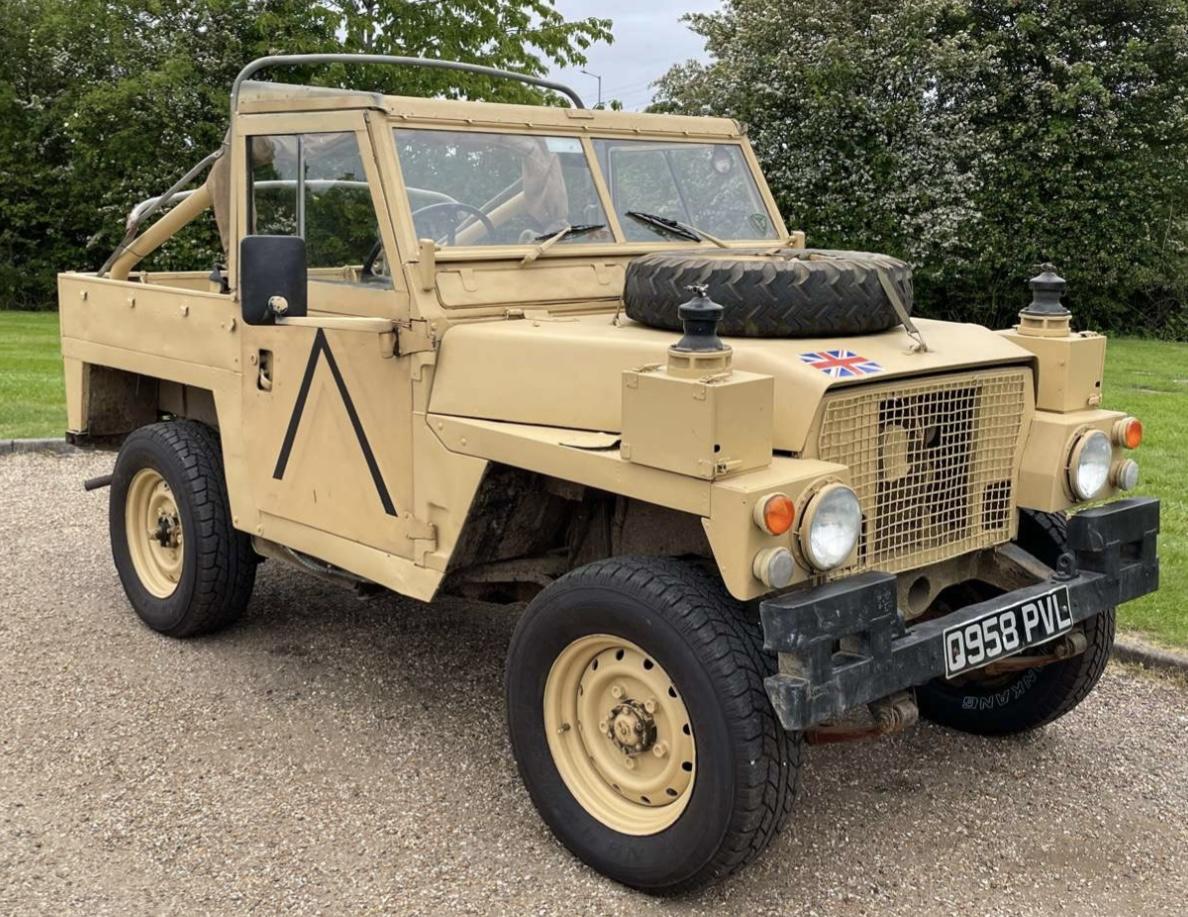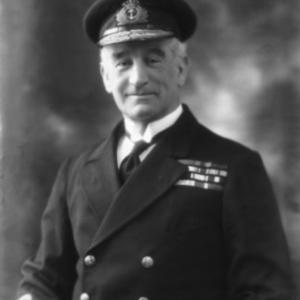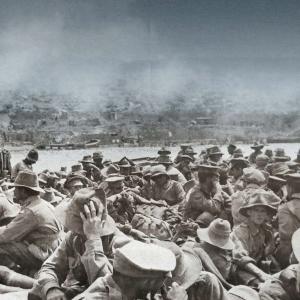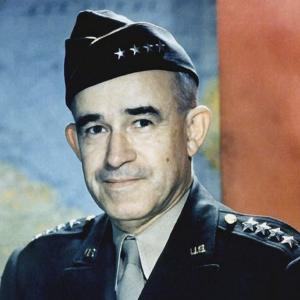
Lightweight Landie
The British half-ton military Land Rover, often known as the Lightweight or Air Portable Land Rover, was one of the most distinctive and versatile vehicles ever produced for the British armed forces. Designed to meet the needs of modern military operations during the Cold War, it combined rugged dependability with the ability to be easily transported by air, making it a favourite among troops and an enduring symbol of British engineering ingenuity.
The story of the half-ton Land Rover began in the early 1960s when the British Ministry of Defence sought a lighter version of the existing Land Rover Series IIA that could be carried by the new Westland Wessex and Westland Whirlwind helicopters. The standard Series IIA was too heavy for this task, so Rover’s design team at Solihull set to work re-engineering the vehicle. The goal was to create a 4x4 with the same off-road capability and strength as the civilian Land Rover, but with reduced weight and dimensions to suit airborne operations. Chief engineer Charles Spencer “Spen” King, who would later become famous for developing the Range Rover, was among those involved in refining the concept. The result was the Series IIA ½ Ton Lightweight, introduced in 1968.
To achieve the necessary weight reduction, the designers used thinner body panels and simplified fittings. The Lightweight name could be misleading, as the vehicle still weighed around 1,200 kilograms, but crucially it could be stripped down for transport. By removing doors, roof, and windscreen, its weight dropped to under the 1,134 kilograms needed for helicopter lift. The chassis remained robust, ensuring it could still endure punishing military use. The first production models were built by Rover at the Solihull plant, and later by Land Rover under the British Leyland umbrella after 1968.
The early Lightweights were powered by the familiar 2.25-litre four-cylinder petrol engine used in the civilian Series IIA, producing around 70 horsepower. Later Series III versions, introduced in 1972, were offered with both petrol and diesel options. The engine was coupled to a four-speed manual gearbox with selectable four-wheel drive, giving excellent traction in mud, sand, and snow. The combination of simplicity, mechanical reliability, and field serviceability made the Lightweight ideal for military deployment anywhere in the world.
Production of the half-ton Land Rover continued from 1968 until 1984, during which time roughly 37,000 examples were built. The majority went to the British Army, but many also served with the Royal Marines, Royal Air Force, and numerous overseas forces. They were used in every conceivable role—general transport, reconnaissance, communications, and even as weapons carriers. The vehicle’s payload capacity was about half a ton, and it could tow an additional trailer weighing up to 1,700 kilograms. Its short wheelbase and tight turning circle made it easy to manoeuvre in confined terrain, whether on narrow European roads or rough desert tracks.
What made the Lightweight so popular among soldiers was its practicality and dependability. It could be repaired in the field with basic tools, parts were interchangeable with civilian Land Rovers, and it proved itself in conditions that would immobilise most other vehicles. Its design was straightforward and tough, and it could be loaded onto aircraft, ships, or helicopters without elaborate preparation. For airborne and commando units, this versatility meant mobility and independence. Even after newer military vehicles began replacing it, many Lightweights continued to serve in reserve units and foreign armies for decades.










